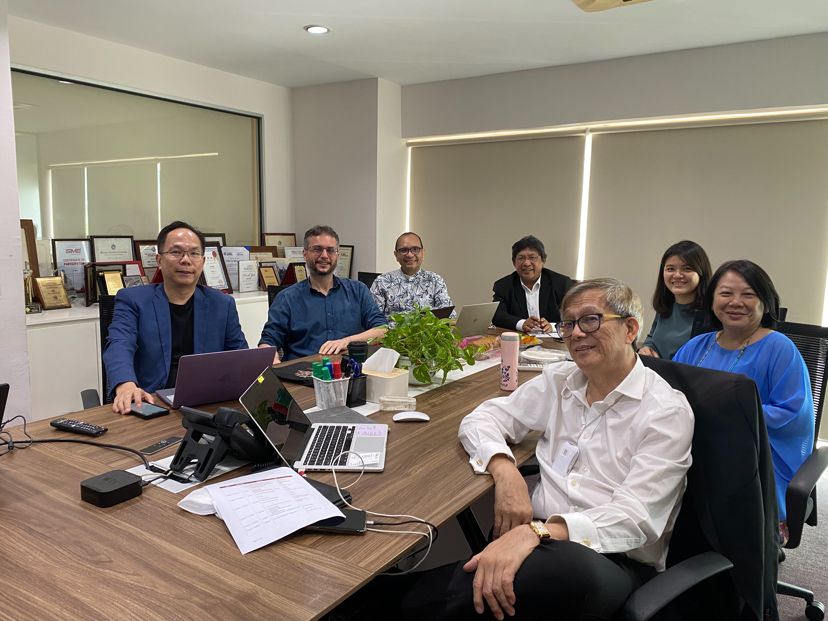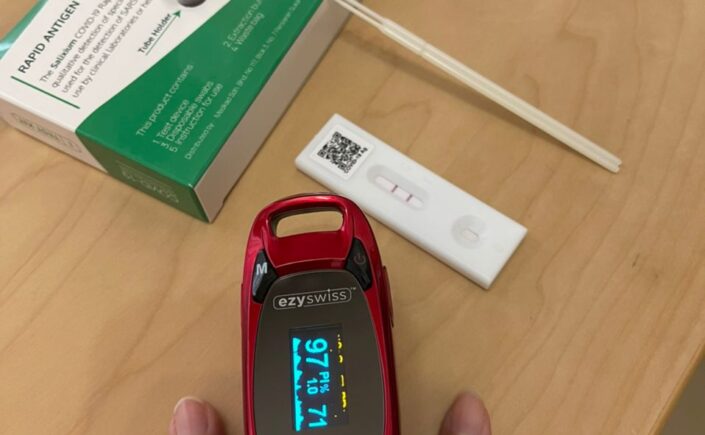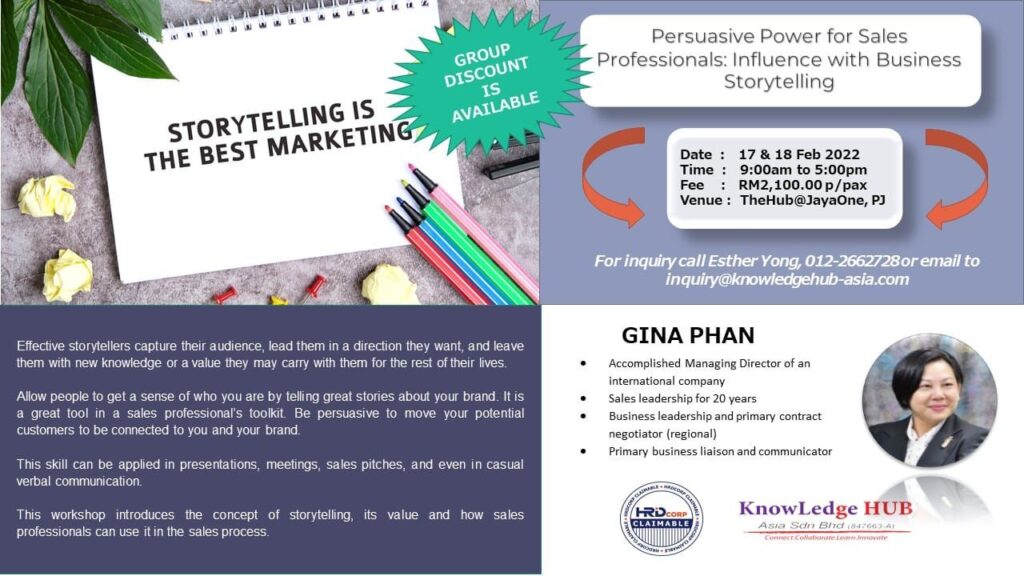[13 July 2021] Day 43 of the nrp* in Malaysia
A few years ago, I was doing a project consulting project for a software company. The management had assigned Samantha, an experienced executive to act as a resource person. As I worked with her, I noticed that Samantha would stick to a very fixed way of performing her tasks and never want to learn any new ways. She would never tell me why and each time, she goes on a very long explanation about the process she takes. When asked for ideas and opinion, she would not contribute any. At first, I thought she was inflexible and unteachable.
But then, I found that this was a common trait among the staff that worked for the same department that Samantha worked in. I noticed that their manager is a subject matter specialist and takes the effort to correct his staff when they made any mistakes. He is not nasty when he does it and I believe he truly wants them to learn. But it would be better if he had balanced his feedback to be both supportive and corrective in nature.
So as a result, like Samantha, they will not want to try anything new nor share their thoughts. They don’t really know how they are performing as they feel they are being corrected all the time.
Empower and give feedback
In this How to Empower series, I have shared the following:
- Stop fearing and start trusting
- Flatten your hierarchy and set clear objectives
- Delegate with intent to develop to increase employee engagement
- Provide resources to support and see increase in your customer loyalty
Empowering employees does not mean they are to be left on their own and figure out how they are doing at their work. Expect mistakes and provide feedback.
Positive feedback works better
I’d like to share something that a friend taught me about giving feedback.
If you want to help someone improve, catch them when they do something right.
– Steven Cheah
Often, leaders feel they need to point out mistakes that employees have done so as to avoid the mistake being repeated. There’s a limit to how effective this is. How many times have you heard leaders say this — Despite my reminders so many times, I still see the mistake being made.
By praising employees when they do something right, you are reinforcing the right behavior and you will see more of this behavior. This increases their confidence as well as trust in you as a leader.
How did this help Samantha? I started by giving her goals, instead of tasks. I did not give her any fixed processes and asked her to tell me what was the best way to achieve these goals. She was not used to it at first. I also made sure my feedback was positive and took the time to acknowledge when she did something right. She became more confident and had stopped justifying every single step of the process she took.
(Read the other parts about empowerment)
(*nrp stands for National Recovery Plan.)
(Feature Image by Robin Higgins from Pixabay.)
About the Author: Gina Phan is a consultant and trainer with Zinfinity Consulting. She currently conducts courses in workplace performance skills. Click here to contact her, follow her on Facebook or connect with her on Linkedin.
Read her other posts.
#leadership #servantleadership #empower #empowermenttips #management #feedback
#trainergina #ginaphan #gp




















